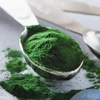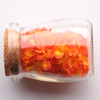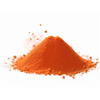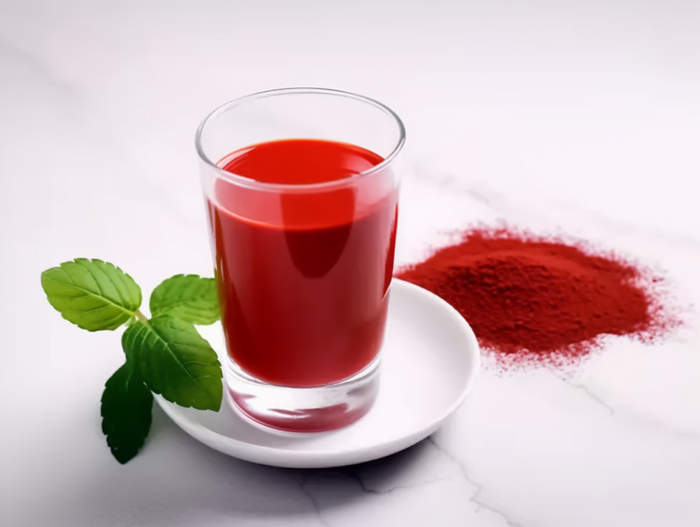
Astaxanthin
CAS: 472-61-7
Molecular Formula: C40H52O4
Appearance: Red or dark red powder
Source: Haematococcus pluvialis
Specifications: HPLC 0.5% 1% 2% 3%
Product Introduction
Astaxanthin is a natural antioxidant derived from Haematococcus pluvialis algae and widely found in many marine organisms. The unique structure of Astaxanthin gives it extremely strong antioxidant activity. It can not only clear free radicals in the body, but also inhibit and slow down abnormal inflammation and oxidative reactions caused by hypoxia, radiation and various stimulations, thereby fighting against many diseases, such as cardiovascular disease, tumors, Alzheimer's disease, diabetes, immune system diseases, etc. The broad application prospects of Astaxanthin enable it to play an extremely important role in medicine, health products, food, cosmetics and many other fields.
Astaxanthin is a natural antioxidant derived from Haematococcus pluvialis algae and widely found in many marine organisms. The unique structure of Astaxanthin gives it extremely strong antioxidant activity. It can not only clear free radicals in the body, but also inhibit and slow down abnormal inflammation and oxidative reactions caused by hypoxia, radiation and various stimulations, thereby fighting against many diseases, such as cardiovascular disease, tumors, Alzheimer's disease, diabetes, immune system diseases, etc. The broad application prospects of Astaxanthin enable it to play an extremely important role in medicine, health products, food, cosmetics and many other fields.
Astaxanthin was first extracted from Haematococcus pluvialis, so cultivating and breeding this algae has become the primary method for producing Astaxanthin.
Haematococcus pluvialis has characteristics such as fast growth, small size, strong resistance, etc., making it an ideal choice for Astaxanthin production.
The current main cultivation techniques for Haematococcus pluvialis include deep culture and flat plate culture.
Compared with traditional methods, high-density culture and light intensity control can greatly increase the Astaxanthin yield of Haematococcus pluvialis strains. These techniques are widely used in modern commercial Astaxanthin production.
As a new type of nutritional supplement, improving the cultivation, breeding and production technology of Haematococcus pluvialis plays a crucial role in the industrialization and development of the Astaxanthin industry.Advancements in microalgae biotechnology such as culture optimization and strain improvement form the basis for scaling up Astaxanthin production and commercialization.
With the continuous development of the Astaxanthin industry, the application prospects of Astaxanthin in various fields will be broader in the future. At the same time, more attention and research will be needed.
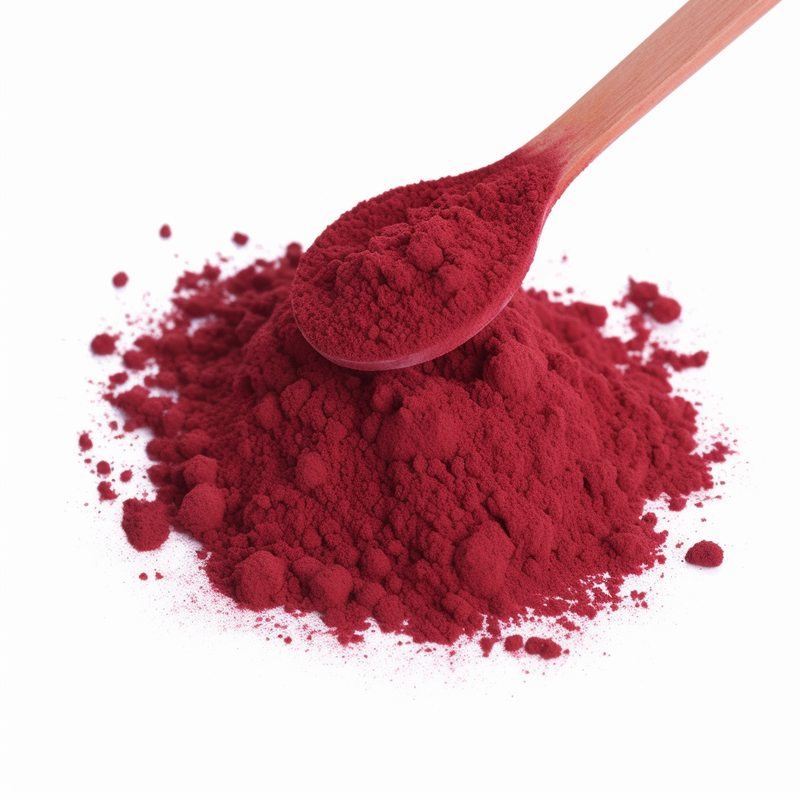
The functions and benefits of Astaxanthin:
Antioxidant and free radical scavenging. Studies have shown that Astaxanthin has strong antioxidant activity and can effectively clear superoxide free radicals and hydroxyl free radicals [1].
Enhances immunity. Astaxanthin can promote the development of immune organs such as the spleen and thymus, and enhance the phagocytic ability of macrophages [2].
Prevents diseases. Astaxanthin has the effect of inhibiting tumor growth and can reduce the risk of cancers such as prostate cancer and colon cancer [3].
Protects eyesight. Astaxanthin contains abundant carotenoid ingredients that are beneficial to the eyes, can prevent eye diseases and improve human vision [4].
Promotes growth and development. Astaxanthin can promote bone marrow formation, maintain bone density, and benefit the growth and development of children [5].
References:
[1] Liu X,Osawa T.Astaxanthin protects neuronal cells against oxidative damage and is a potent candidate for brain food.Forum Nutr.2009;61:129-135.
[2] Chew BP,Wong MW,Park JS,Wong TS.Dietary beta-carotene and Astaxanthin but not canthaxanthin stimulate splenocyte function in mice.Anticancer Res.1999;19(6B):5223-5227.
[3] Jyonouchi H,Sun S,Iijima K,Gross MD.Antitumor activity of Astaxanthin and its mode of action.Nutr Cancer.2000;36(1):59-65.
[4] Parisi V,Tedeschi M,Gallinaro G,Varano M,Savioli S,Piermarini S.Carotenoids and antioxidants in age-related maculopathy italian study: multifocal electroretinogram modifications after 1 year.Ophthalmology.2008;115(2):324-333.
[5] Chew BP,Mathison BD,Hayek MG,Massimino S,Reinhart GA,Park JS.Dietary Astaxanthin enhances immune response in dogs.Vet Immunol Immunopathol. 2011;140(3-4):199-206.
The application of astaxanthin in foods:
1.Coloring fish and shrimp products. Astaxanthin is often used to color salmon, lobster, shrimp and other seafood products to increase the brightness of the product color and consumer desire to buy [1].
2.Coloring meat products. Astaxanthin is also used to color sausages, ham, chicken chunks and other meat products to improve product appearance [2].
3.Coloring alcoholic and non-alcoholic beverages. Astaxanthin is used to color fruit juices, energy drinks, light beers and other beverages to produce a natural orange-red tone [3].
4.Coloring candies. Astaxanthin is widely used to color candies such as lollipops, coated candies and hard candies to produce bright colors [4].
5.Coloring other foods. Astaxanthin is also used to color pasta, yogurt ice cream, cheese and other foods. It can provide stable color without changing with pH or storage conditions [5].
References:
[1] Delgado-Vargas F,Jiménez AR,Paredes-López O.Natural pigments: carotenoids, anthocyanins, and betalains - characteristics, biosynthesis, processing, and stability.Crit Rev Food Sci Nutr.2000;40(3):173-289.
[2] 劳先祥主编.食品添加剂与食品色素.北京:化学工业出版社,2007,p293-297.
[3] 沈家骧主编.饮料新技术与新产品开发.北京:中国轻工业出版社,2006,p292-295.
[4] Bechtel PJ,Oliveira Filho RM.Astaxanthin in ready-to-eat shrimp and crab meat snacks.Dyes Pigments.2006;69(3):156-159.
[5] Hussein G,Sankawa U,Goto H,Matsumoto K,Watanabe H.Astaxanthin, a carotenoid with potential in human health and nutrition.J Nat Prod.2006;69(3):443-449.
Touch
Our Office
F501 Gazelle Valley,Pioneering R&D Park, No.69 Jinye Road,Xi'an High Tech Zone,710077, China.Email Us
info@daynatural.comCall Us
+86 29 88390552HOT SALE

